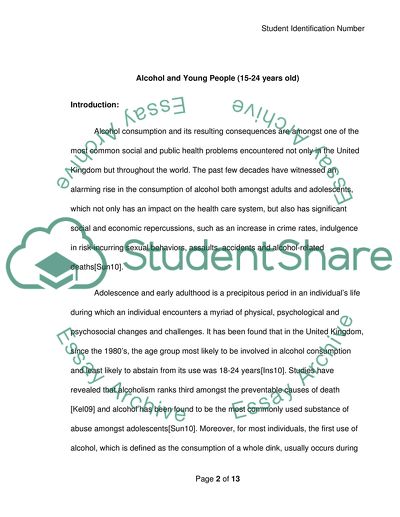Cite this document
(“Alcohol Consumption Among Young Adults: a Significant Impact on the Research Paper”, n.d.)
Alcohol Consumption Among Young Adults: a Significant Impact on the Research Paper. Retrieved from https://studentshare.org/health-sciences-medicine/1747409-alcohol-and-young-people-15-24years-old
Alcohol Consumption Among Young Adults: a Significant Impact on the Research Paper. Retrieved from https://studentshare.org/health-sciences-medicine/1747409-alcohol-and-young-people-15-24years-old
(Alcohol Consumption Among Young Adults: A Significant Impact on the Research Paper)
Alcohol Consumption Among Young Adults: A Significant Impact on the Research Paper. https://studentshare.org/health-sciences-medicine/1747409-alcohol-and-young-people-15-24years-old.
Alcohol Consumption Among Young Adults: A Significant Impact on the Research Paper. https://studentshare.org/health-sciences-medicine/1747409-alcohol-and-young-people-15-24years-old.
“Alcohol Consumption Among Young Adults: A Significant Impact on the Research Paper”, n.d. https://studentshare.org/health-sciences-medicine/1747409-alcohol-and-young-people-15-24years-old.


